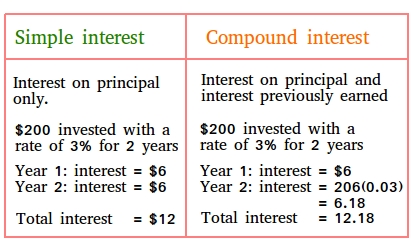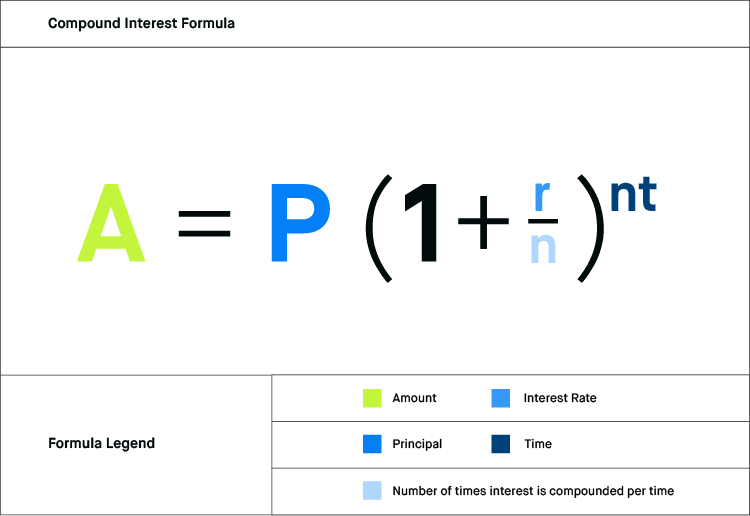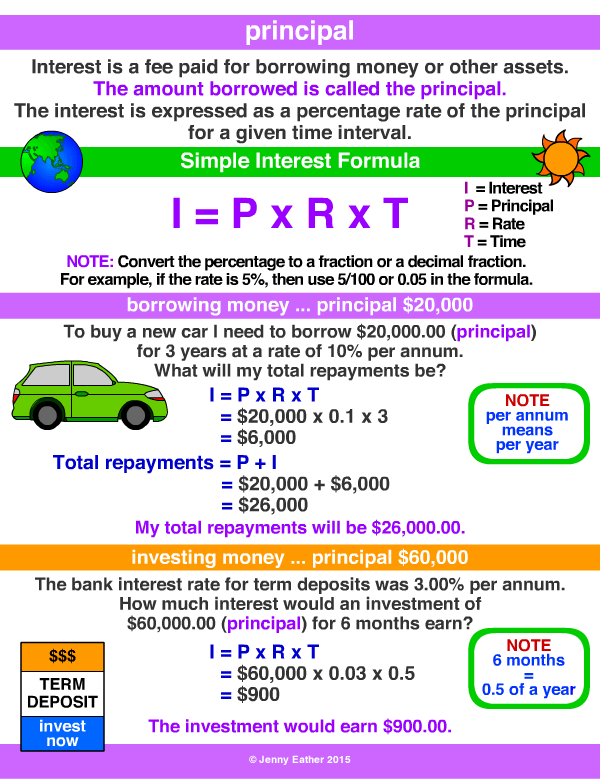


This article is contributed by Saikiran Goud Burra. We can conclude that in order to pick 9 balls of same color randomly, one has to pick 39 balls from a box. Therefore we add 6 red + 8 green + 25 = 39 Since we are picking randomly so we can get all the red and green balls before the above 25 balls. But we are picking randomly so we include after we apply pigeon principle. In order to get the correct answer we need to include only blue, yellow and white balls because red and green balls are less than 9. First we will see what happens if we apply above formula directly.įrom the above formula we have get answer 47 because 6 + 8 + 10 + 12 + 15- 5 + 1 = 47īut it is not correct. Solution: Here in this we cannot blindly apply pigeon principle. of balls we have to choose randomly from the box to ensure that we get 9 balls of same color? Example – 2: A box contains 6 red, 8 green, 10 blue, 12 yellow and 15 white balls.Therefore the minimum number of students required to ensure department club to be formed is Solution: we can directly apply from the above formula where, of students we have to choose randomly from department to ensure that a student club is formed? Example – 1: In a computer science department, a student club can be formed with either 10 members from first year or 8 members from second year or 6 from third year or 4 from final year., the nth box contains at least q n objects.Īpplication of this theorem is more important, so let us see how we apply this theorem in problem solving. + q n – n + 1 objects are put into n boxes, then either the 1st box contains at least q 1 objects, or the 2nd box contains at least q 2 objects. I.e., 3 red + 3 white + 3 blue + 1(red or white or blue) = 10 of marbles you have to choose randomly from the bag to ensure that we get 4 marbles of same color? Example – 2: A bag contains 10 red marbles, 10 white marbles, and 10 blue marbles.I.e., the minimum number of pigeons required to ensure that at least one pigeon hole contains (K+1) pigeons is (Kn+1). Therefore there will be at least one pigeonhole which will contain at least (K+1) pigeons i.e., ceil and remaining will contain at most K i.e., floor pigeons. Solution: average number of pigeons per hole = (Kn+1)/n Example – 1: If (Kn+1) pigeons are kept in n pigeon holes where K is a positive integer, what is the average no.We will see more applications that proof of this theorem. Pigeonhole principle is one of the simplest but most useful ideas in mathematics. If X and Y have the same number of elements and f is one-to-one, then f is onto.If X and Y have the same number of elements and f is onto, then f is one-to-one.If X has more elements than Y, then f is not one-to-one.The abstract formulation of the principle: Let X and Y be finite sets and let be a function. II) We can say as, if n + 1 objects are put into n boxes, then at least one box contains two or more objects. Mathematics | Rings, Integral domains and Fields.Mathematics | Independent Sets, Covering and Matching.
#Principal definition math series#
Mathematics | Sequence, Series and Summations.Mathematics | Generating Functions – Set 2.Discrete Maths | Generating Functions-Introduction and Prerequisites.Mathematics | Total number of possible functions.Mathematics | Classes (Injective, surjective, Bijective) of Functions.Number of possible Equivalence Relations on a finite set.Mathematics | Closure of Relations and Equivalence Relations.Mathematics | Representations of Matrices and Graphs in Relations.Discrete Mathematics | Representing Relations.Mathematics | Introduction and types of Relations.


Mathematics | Set Operations (Set theory).Mathematics | Introduction of Set theory.ISRO CS Syllabus for Scientist/Engineer Exam.ISRO CS Original Papers and Official Keys.GATE CS Original Papers and Official Keys.


 0 kommentar(er)
0 kommentar(er)
